I never really ‘got’ ramen, the quintessential Japanese comfort meal of wheat noodles in umami-rich broth. The first time I tried the dish was on exchange in Hong Kong in 2011. (In fact, coming from small-town New Zealand, which isn’t exactly a bastion for cultural diversity, that was the first time I tasted a lot of dishes.)
When a friend suggested Ajisen way back then, I wasn’t keen. To me, ramen was what you ate after a night in town, and it came in two flavors: chicken or mi goreng. Though Ajisen, with its tasty broth and cute winking girl logo, was admittedly a few cuts above the ramen of my youth, I remained somewhat skeptical.
Now, over half a decade – and several bowls of noodles – later, I have come to appreciate the steaming dish of starchy goodness and was surprised to learn recently that, according to historians, ramen may have actually originated in China. The name itself is derived from the Chinese word lamian, which means ‘pulled noodles.’
Historian George Solt delves into three competing origin stories in his book The Untold History of Ramen. The first theory dates back to 1665, naming legendary feudal lord (and udon noodle soup lover) Tokugawa Mitsukuni as the first person to eat ramen, after his Chinese advisor Zhun Shun Shui introduced toppings, such as garlic and green onions, to his simple kelp noodle soup.
The second story is set a little later. Following a treaty with the US in 1854, Japan’s ports opened up and increased trading was made possible. Foreign foodstuffs, like pork and wheat, both integral ingredients to ramen, were more readily available than before. Most Chinese traders migrated to treaty ports. There, they would cook simple chicken noodle soup with scallions that would later be served by Chinese chefs working in Western-style restaurants. The dish was referred to as Nankin soba (Nanjing noodles), named after China’s then-capital.
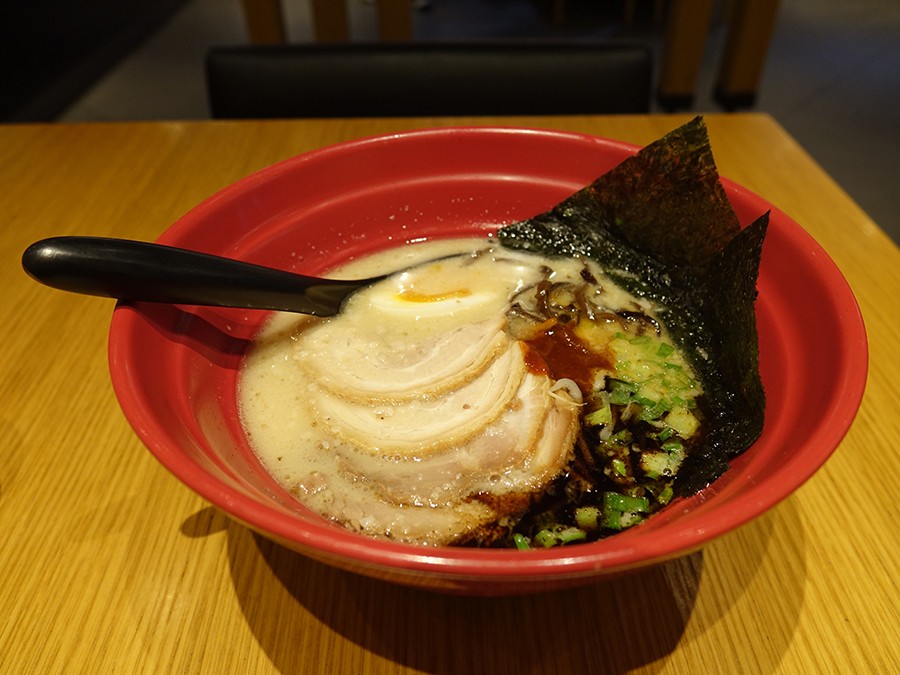
We enter the 20th century for our third story. The year is 1910, and Rai-Rai Ken restaurant has just opened, where founder Ozaki Kenichi has kept the plain noodle soup of the late 1800s but added a soy sauce seasoning and toppings like roast pork, boiled spinach and seaweed, to form a dish that most resembles the ramen we know today.
Whichever origin story strikes your fancy (I’m personally a fan of the first one, because lords), it’s clear that ramen has evolved to become not only a national staple of Japan, but also a cherished dish of any food buff.
Take self-described “ramen addict,” screenwriter Nicolas Tong, who has been eating ramen for over 18 years, though he first became addicted in 2013. “It’s all about the soup,” the 30-year-old Beijinger says.
Tong’s aunt already opened a ramen joint in Harbin, but Tong hopes to open his own cartoon-themed one in Beijing one day. “Maybe I’ll make it buffet style and the restaurant characters [I feature] will be from my movie,” he says. Tong’s restaurant won’t open for a few years, yet he’s adamant that when the time comes he “must go to Japan to learn.”
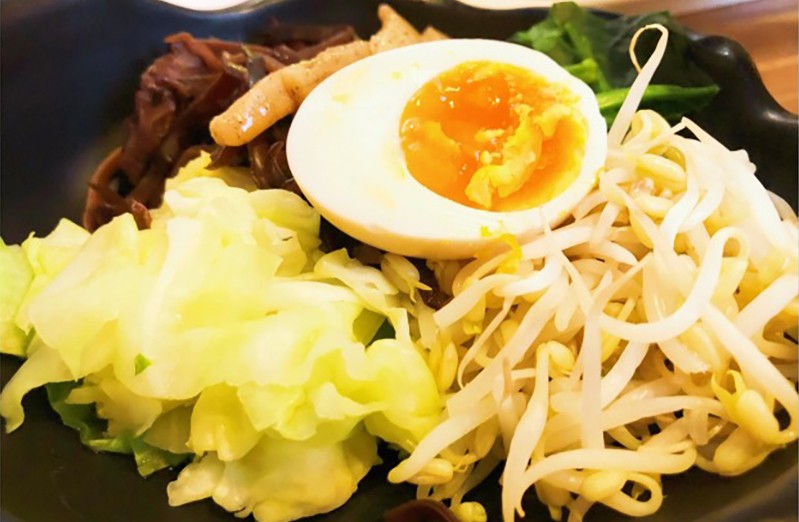
When I ask Tong whether he’s heard of the origin story, he scoffs: “China claims that everything is originally from them. Maybe ramen really is from China, I don’t know, but the Chinese government [may as well] scream that whole universe is from China.”
According to Tong, the main difference between ramen in Japan and China is the quality of the broth. “Some restaurants [in China] are not authentic at all – the soup is definitely not made from chicken and pork bones. It’s more like instant soup.”
After eating at various ramen joints in Beijing over a two-week period, I concur. There is good soup (Menya Musashi) and then there’s not-so-good soup (Ajisen). There’s an art to eating ramen: you must slurp up the noodles – the distinctive sound is called zuzutto in Japanese – to get the full taste and sensation down your throat. But my favorite part is when a layer of fat settles on top of the broth – then, I know it’s the real deal.
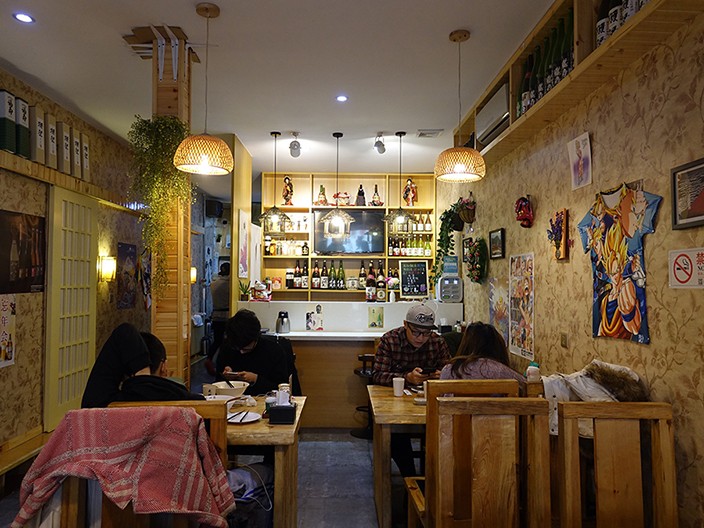
I see office workers, couples, a man who demands “miantiao [Chinese noodles] without soup” and even a person adding vinegar to their noodle’s rich tonkotsu broth. I overhear a waitperson exasperatedly explain to a customer: “The noodles are the same, and the meat is the same, but the soup is different.”
At famous restaurant chain Ippudo in the CBD, the waitperson tells me that yes “of course” ramen came from China, originally. However, for further inquiries I should refer to the contact form on the Ippudo website, thanks.
Meanwhile, the waitperson at Menya Musashi tells me that the restaurant’s Chinese cooks have all received training from a certified ramen expert from Japan. “I heard that ramen originated in China,” I say, to which she replies: “No, it’s from Japan.”
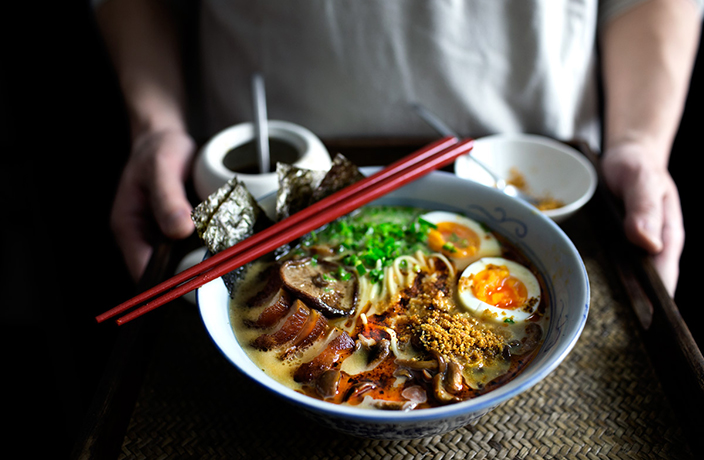




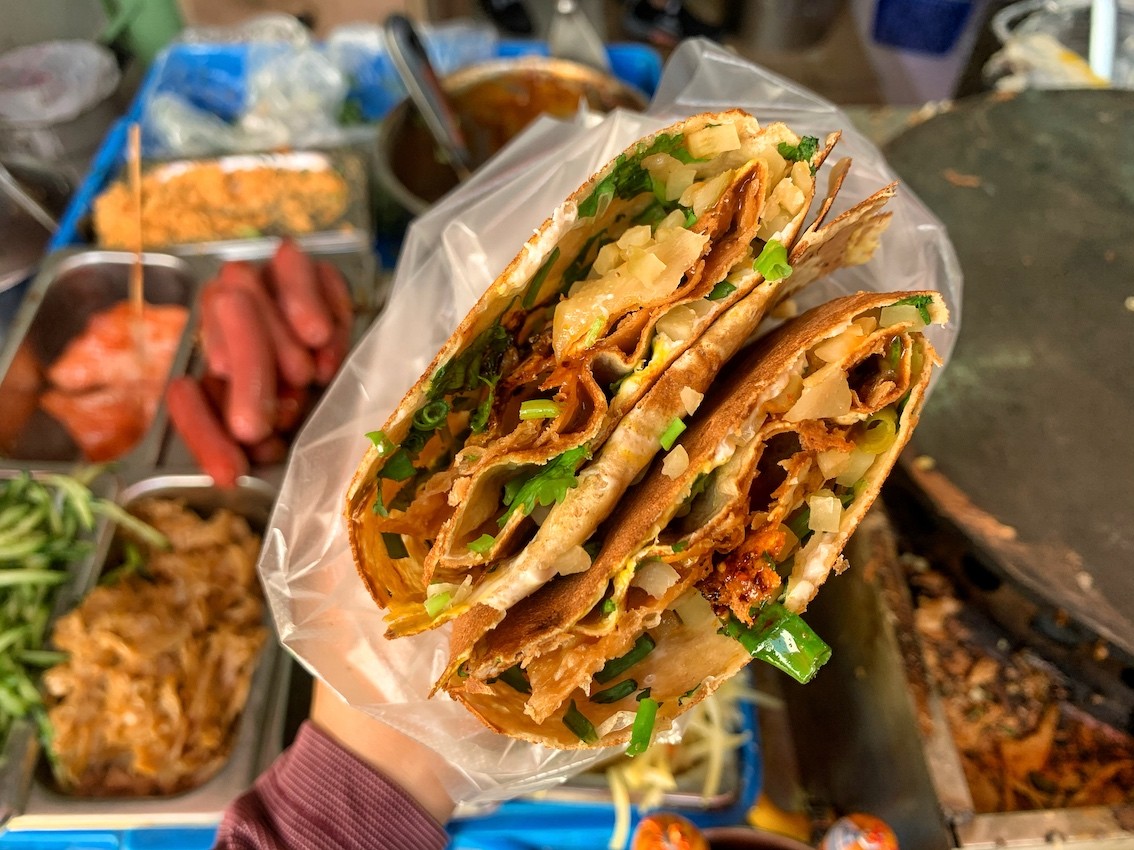
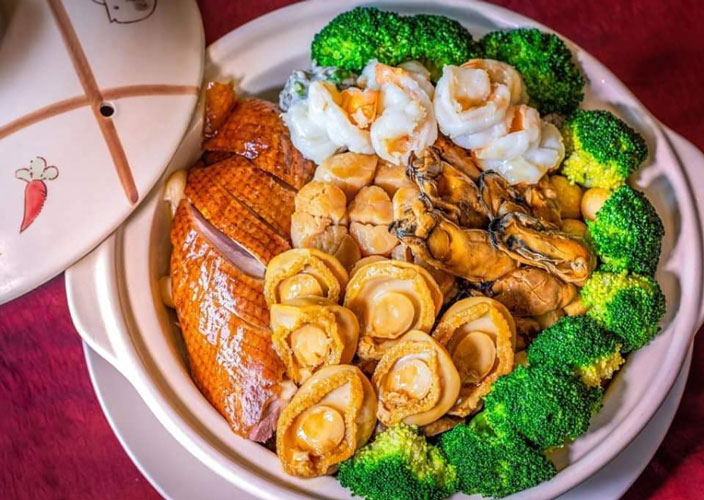
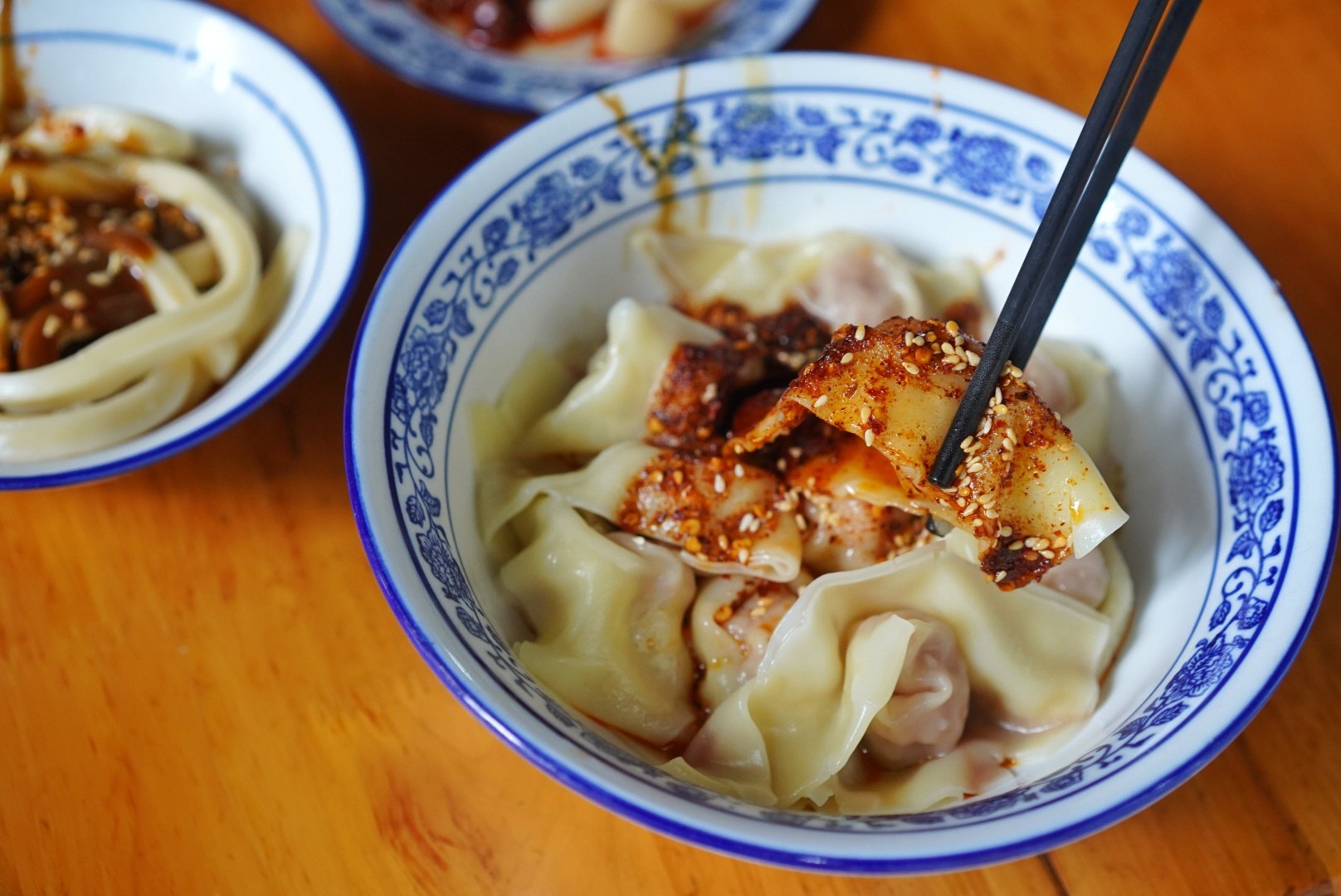














0 User Comments